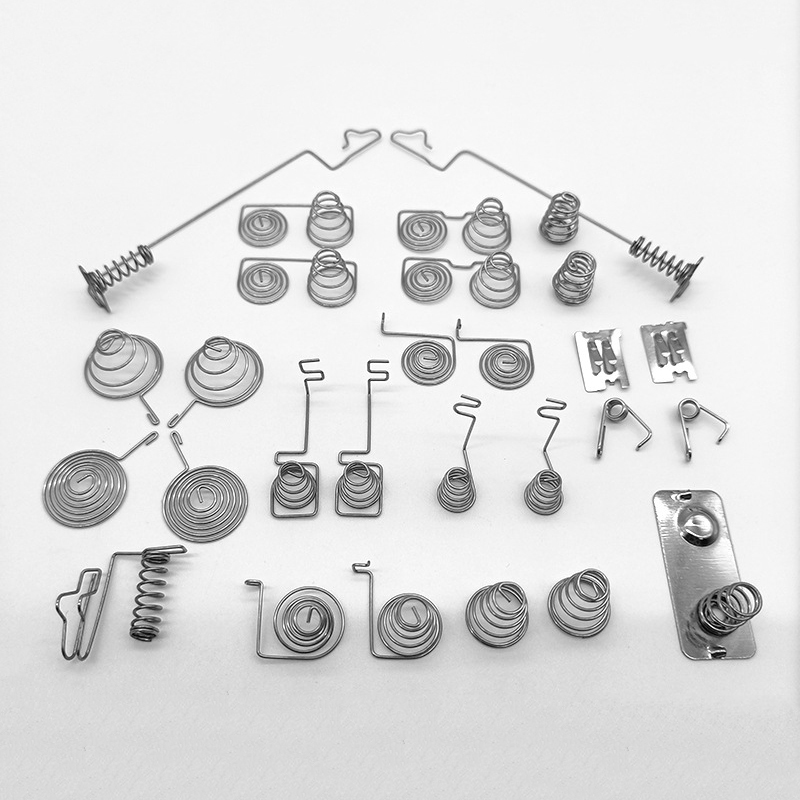








Also known as battery contact springs or battery terminal springs, are components used in various electronic devices to establish electrical connections with batteries. These springs are designed to provide consistent pressure and maintain a secure connection between the battery and the device’s electrical contacts, ensuring proper power transmission.
Shape and Design of battery springs
They are typically coiled springs made from conductive materials like stainless steel or phosphor bronze. They are engineered in a way that allows them to compress and rebound, applying constant pressure on the battery terminals for a secure connection.
Compression and Resilience of battery springs
The springs are designed to compress when the battery is inserted into the device, creating a snug fit between the battery’s terminals and the device’s contact points. When the battery is removed, the spring expands back to its original shape.
Contact Points of battery springs
Battery springs have contact points at both ends—one end is attached to the device’s circuit, and the other end makes contact with the battery’s terminals.
Battery Types of battery springs
They can be found in devices that use a wide range of battery types, including cylindrical batteries (like AA, AAA, etc.) and coin cell batteries (like CR2032). The springs’ design may vary based on the specific type of battery they are meant to accommodate.
Applications of battery springs
Battery springs are used in a variety of electronic devices, such as remote controls, toys, flashlights, portable electronics, medical devices, and more. Any device that requires a replaceable battery is likely to incorporate battery springs.
Durability and Conductivity of battery springs
Battery springs need to be made from materials that offer good electrical conductivity to ensure efficient power transfer. At the same time, they should be durable enough to withstand repeated compressions and expansions without losing their springiness.